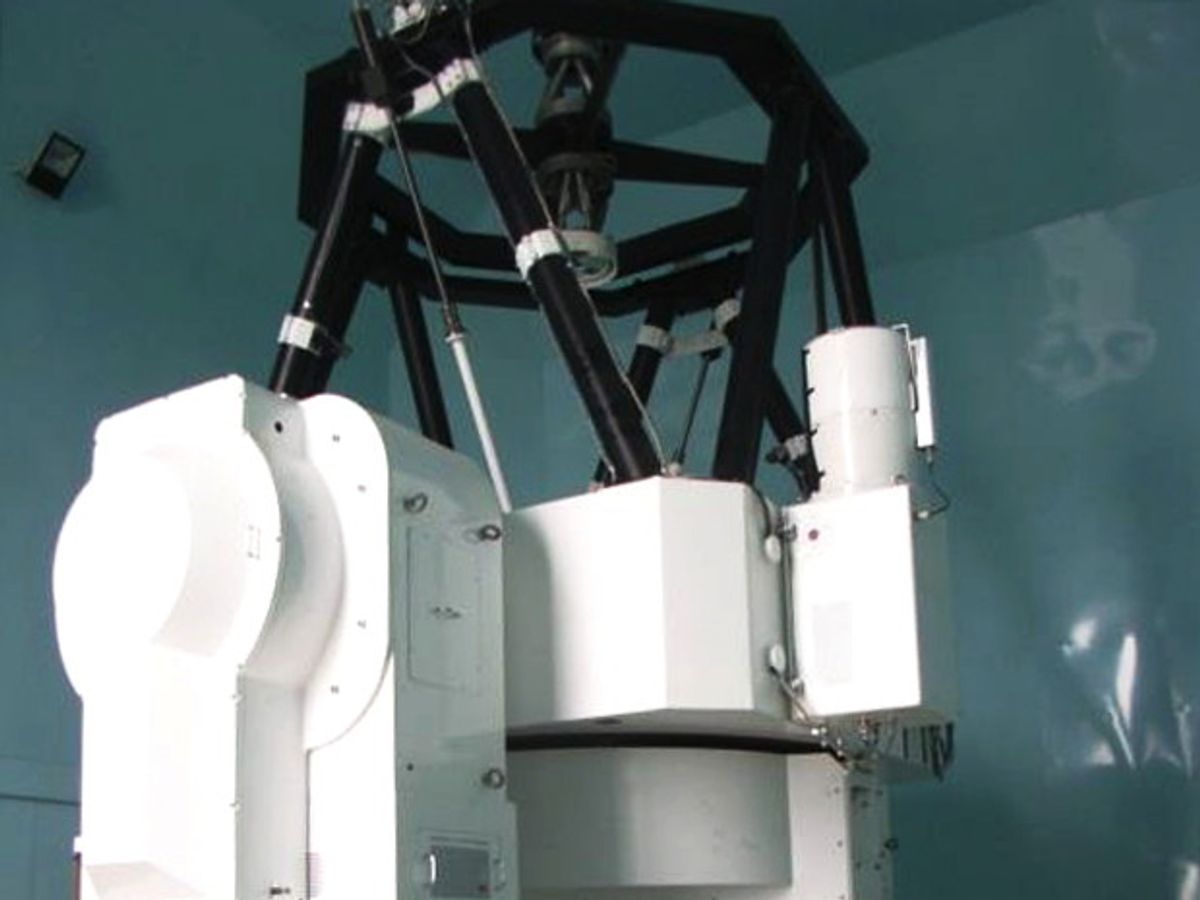The dream of a space-based nigh-unhackable quantum Internet may now be closer to reality thanks to new experiments with Chinese and European satellites, two new studies find.
Quantum physics makes a strange phenomenon known as entanglement possible. Essentially, two or more particles such as photons that get linked or “entangled”can in theory influence each other simultaneously no matter how far apart they are.
Entanglement is key to the workings of quantum computers, the networks that would connect them,and the most sophisticated kinds of quantum cryptography a theoretically unhackable means of information exchange.
A previous distance record for quantum entanglement, 97 kilometers, was set in 2012 across Qinghai Lake in China by quantum physicist Jian-Wei Pan at the University of Science and Technology of China at Hefei and his colleagues. However, entanglement gets easily disrupted by interference from the environment, and this fragility has stymied efforts at greater distance records on Earth.
Now Pan and his colleagues have set a new record for entanglement by using a satellite to connect sites on Earth separated by up to 1,203 kilometers. They detailed their findings this week in the journal Science.
The key advantage of a space-based approach is that most of the interference that entangled photons face occurs in the lower 10 kilometers or so of the atmosphere. After that, such photons encounter virtually no problems in vacuum, the researchers say.
The researchers employed the quantum science experiment satellite nicknamed Micius, which launched from Jiuquan, China, in 2016 to orbit at an altitude of roughly 500 kilometers and at a speed of roughly 28,800 kilometers per hour, Pan says. “Through ground-based feasibility studies, we gradually developed the necessary tool box for the quantum science satellite,” Pan says.
Micius generated entangled pairs of photons and transmitted them at three ground stations across China, with one member of each pair going to one site while the other went to another. The distance between the satellite and the ground stations varied from 500 to 2,000 kilometers, and beacon lasers on both the transmitters and receivers helped them lock onto each other.
The record distance was set by photons beamed at the cities of Delingha and Lijiang in China, with experiments achieving 1017 greater efficiency at transmitting entangled photons than the best telecommunication fibers. “We have finally sent entanglement into space and established a much, much larger quantum optics laboratory, which provides us a new platform for quantum networks as well as for probing the interaction of quantum mechanics with gravity,” Pan says.
Although these experiments generated roughly 5.9 million entangled pairs of photons every second, the researchers only detected about one pair per second. However, the researchers expect a thousandfold improvement in this count rate “in the next five years,” Pan says.
In another study, researchers in Germany found they could measure the quantum features of laser signals transmitted by a satellite 38,600 km away. These findings suggest that satellites could find use in quantum networks that practice forms of quantum cryptography that do not rely on entanglement.
Quantum physicist Christoph Marquardt from the Max Planck Institute for the Science of Light in Erlangen, Germany, and his colleagues experimented with the Alphasat I-XL satellite in geostationary Earth orbit, which used laser signals to communicate with a ground station at the Teide Observatory in Tenerife, Spain. Their work is the first time that quantum features of laser signals have been measured so carefully from so far away, they say.
Marquardt notes the laser communications technology they experimented with is already used commercially in space. This work suggests that quantum networks that do not rely on entanglement could be set up “as soon as five years from now,” he says. They detailed their findings online 14 June in the journal Optica.
Entanglement does enable more sophisticated strategies to detect potential eavesdroppers. Still, “our approach only needs relatively small upgrades to proven technology,” Marquardt says.
The scientists are now working with satellite telecommunications company Tesat-Spacecom GmbH and others in the space industry to design a quantum network based on hardware already employed in space. This will require upgrades such as adding a quantum-based random number generator, Marquardt says.
“A version of this post appears in the August 2017 print issue as “Unhackable Quantum Networks Take to Space.”
Charles Q. Choi is a science reporter who contributes regularly to IEEE Spectrum. He has written for Scientific American, The New York Times, Wired, and Science, among others.



